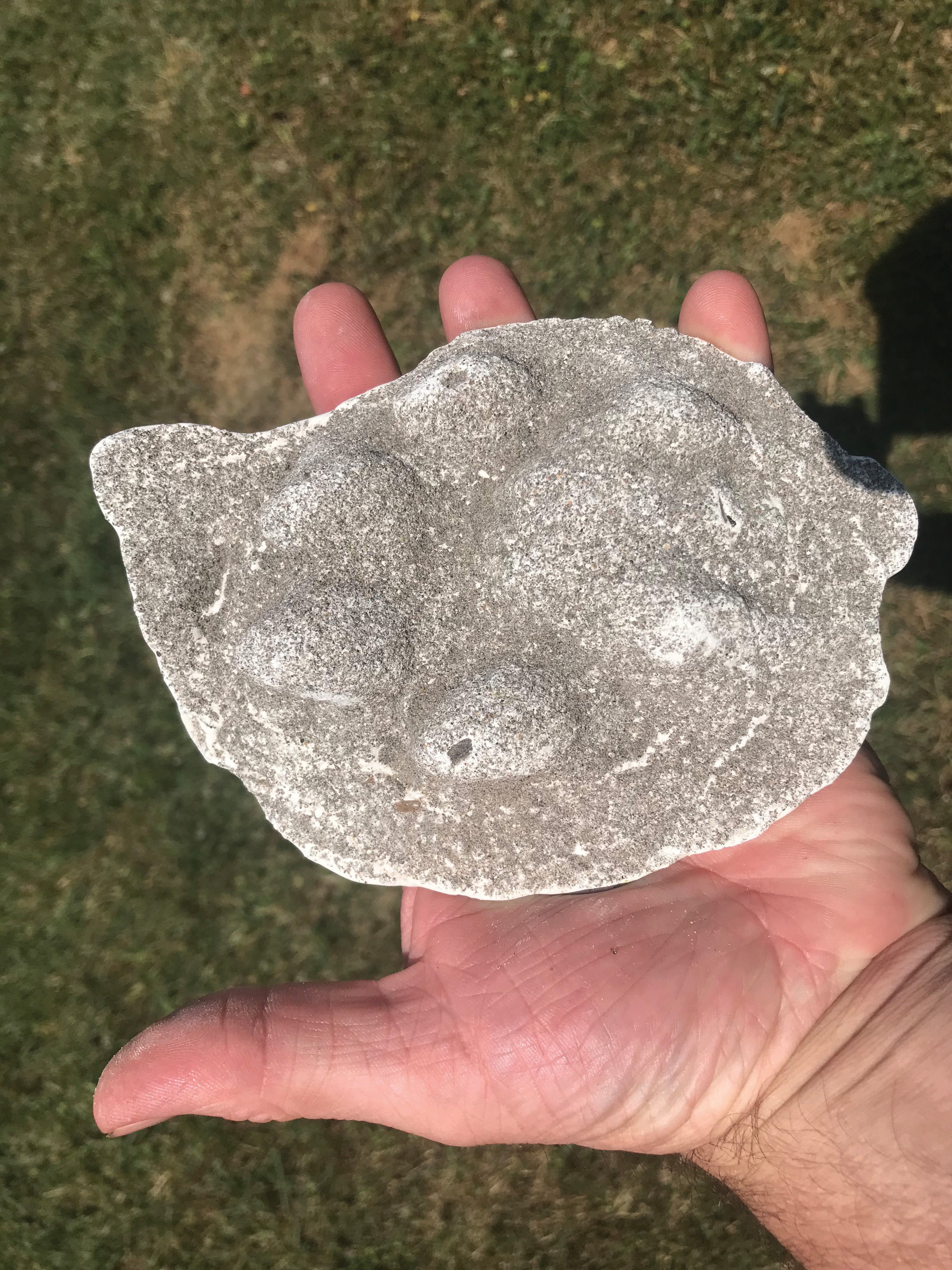Increasing your nature awareness
Published 9:49 pm Sunday, July 15, 2018
BY CRAIG CAUDILL
A couple of weeks ago I shared with you the idea of being either a native or a tourist in the natural areas that we visit or live in. One way to tip the scales towards being more of an native is to invest time in paying more attention to your surroundings. If you spend more time just observing signs and clues, there will be more “windows” opened for you to see things. For example by understanding bird sounds I can tell you that there is raptor that nests in the College Park area that has removed some of the area’s squirrels and cats. By knowing what an owl pellet is, I can tell you where an owl’s nest is in downtown Winchester. By knowing what raccoon tracks look like I can show you an area in downtown Winchester where a raccoon nests and raises her young. Many wildlife are opportunistic feeders and therefore they will utilize areas such as this because there is easy food to be had. They would still prefer to avoid human contact, so you can therefore see even more signs, clues and tracks in a natural area.
Tracking is a practice that I enjoy. Scratch that, tracking is something that I am passionate about. One of my teachers, Mr. Mike Hull, says that tracking is the oldest newspaper available to us. By being able to read the ground we can gather information, recreate situations, and tell wonderful stories. I have several thousand supporters, students of our Nature Reliance School. I am often sent or tagged on social media for questions about tracking. One of the most common is differentiating between feline and canine tracks in the wild. People will often come across a very large track or two in the wilderness and immediately think it is a mountain lion, panther or something similar. Most of these are most likely canine tracks. I say most likely, because all good trackers know you can not be absolutely certain what made a track unless you actually see the animal making it. Here are a few things to keep in mind when you come across a big set of tracks on your next hike.
To begin with, look at the photo attached to this article. This picture shows a cast of a mountain lion track in my hand. This cast was sent to me by another tracking mentor of mine from out west. I want you to consider the shear size of that paw print. (Please note I will also be posting the link to this article to my blog at the website listed below. In that blog I will include several other photos that the newspaper does not have room to print).
Secondly, lets consider canine and feline tracks and talk about how they are similar and different. In this manner you will have a better understanding of them the next time you come across one. There are obviously a few similarities in the tracks. They each have a heel pad that is indicated along with four toes. That is mostly where the similarities end. Here are the distinct differences.
Canine tracks will nearly always have the toenails present directly in front the toes. Once you start paying attention to a lot of these you will begin to see items in the toenails that can help you differentiate between a domestic canine and wild one such as a coyote or a wolf. If you look at the base of the heel pad (the part towards the back of the canine track) you will note that there are two humps at the base of that pad. Lastly if you draw an outline around the outer edges of a canine track, the outline will resemble an egg.
Feline tracks will only rarely indicate any toenails. Felines keep their toes retracted most of the time. It is only when they are bounding or feel the ground is unstable or slippery that they utilize their claws while walking You can also note in the heel pad of felines that there are three humps rather than two. When you mentally draw an outline around the edges of a feline track, that image will nearly be a perfect circle.
As you might guess there are a host of other things you can find from being able to track. Take time to slow down on your next hike and investigate a few and see what you can discover. If the topic of tracking interests you, then check out our Youtube Channel. We have several videos on that subject there. Alternatively you can pick up my book Extreme Wilderness Survival. I have a whole chapter dedicated to the subject there as well.
Hopefully in the near future we come across one another while tracking on, or off, the trail!
Craig Caudill is a lifelong resident of Winchester and serves as Director of Nature Reliance School. He is author of Extreme Wilderness Survival and Ultimate Wilderness Gear. Please feel free to contact Craig at info@naturereliance.org or through any of the various social media platforms available.






